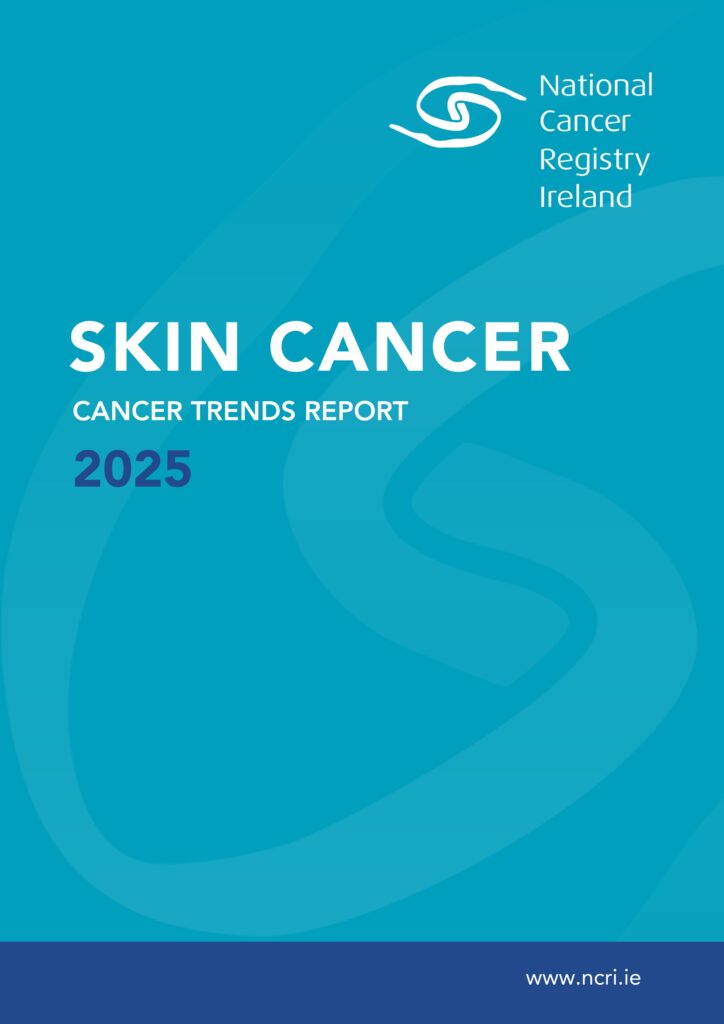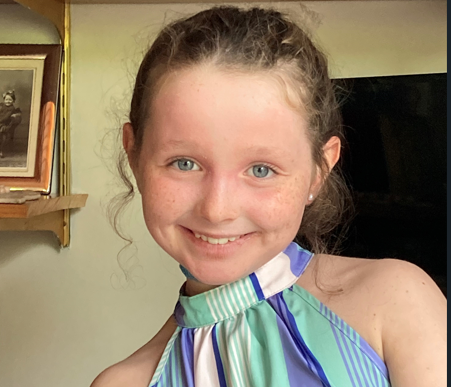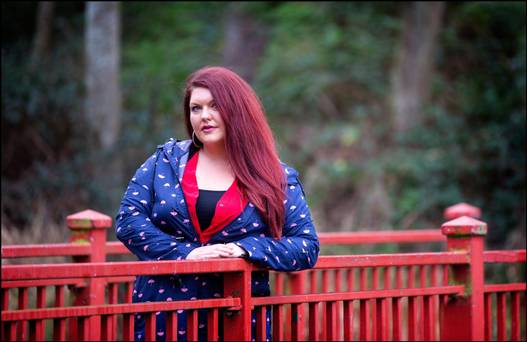Parent and former Board Member of the ISF Jeannette Brazel discusses her personal eczema journey and how treatment of the condition has changed in the past 14 years.
Jeannette pictured above, second from the right with some of the ISF team and volunteers at Barrettstown in 2015
My son is now 14. From the moment he was born he was scratching. At his 6-week check up he was covered with a rash. Infantile dermatitis was the diagnosis. I was told he should be fine and that it was very common.
I, of course, wondered if there was a particular reason for the rash? I had always been very careful with soap powders, as we were all very sensitive to them, likewise with any bathing products.
We were an allergic family. Between my two older sons and myself we had asthma, allergic rhinitis, mild eczema and food issues.
As an infant my son continued to have mild outbreaks of very dry, itchy patches on his skin. We followed the treatment recommended by the health nurse at the clinic to bathe him
carefully with an emollient and keep his skin moisturised. His eczema still flared continuously and eventually a steroid ointment was prescribed. I was using Silcock’s Base and Aqueous
Cream as soap substitutes and emulsifying ointment as a leave on moisturiser as advised.
There was much confusion as to what products to use and how to use them and when. We persevered with the sleepless nights and the scratching, ever in the hope that he would ‘grow out of it’, a phrase that can be very frustrating to hear as a parent who hasn’t slept in weeks. Unfortunately, he did not seem to be growing out of it. The eczema became worse. He would wake up at night tearing at his hands and face, the sheet covered with blood.
I would bathe him, use the steroid, use an emollient and hope for the best. It would clear slightly but once the steroid was finished, it would come back worse than ever.
The Internet was full of conflicting advice with lots of magic potions and lotions available that promised to ‘cure eczema forever’ which were all very tempting. Many people recommended more traditional ‘cures’ like using olive oil, coal tar or switching to goat’s milk or soya.
Turning point
It all came to a head when he was teething and we could not get his cheeks under control. He was 11 months old at the time and his cheeks would not heal. Under advice we went to Our Lady’s Children’s Hospital in Crumlin where a dermatology nurse took charge. We were shown how to bathe him correctly and apply emollients and steroids when needed. We were also advised on special garments/sleep suits that protected his skin from the damage caused by scratching. Thus started the regime for his eczema care.
Routines, allergies and complications
Caring for a child with chronic eczema is a tiring business. At times the bathing, emollient and steroid application could take up to two hours every morning and evening. Flare-ups could differ and at times the same treatment would not have the same efficacy. Environmental factors were also taken into account and there were no sprays, perfumes, animals etc in the house. It was dusted and vacuumed within an inch of its life.
He had allergy testing at age two and the results were overwhelmingly disappointing. He was allergic to milk, wheat, soya ,nuts, grasses and pollen, egg white and honey. He was then put onto goat’s milk but subsequent tests revealed that this was not suitable either. So what was he to take for calcium? He went onto rice milk with calcium in addition to calcium supplements. By the age of four he was fine again with milk and wheat, but the other allergies remained and some do to this day.
On one holiday, as a toddler, he contracted Eczema Herpeticum and was seriously ill. The Spanish doctors did not know what it was and pumped him full of intravenous steroids. Fortunately a local English dermatologist recognised what he had and prescribed oral acyclovir. The virus was so virulent that although he improved in two days, he lost his fingernails and also his toenails. Children die from this condition we were informed as the virus can pass through the nasal membrane into the brain. It was shocking.
Immune suppressant treatment
For the next year or two, life went on as normal as possible. Daily baths, emollient therapy and courses of topical steroids etc. when needed. His legs were constantly infected. We were still bathing him daily and using stronger steroids when advised. We did not use the classic wet wrapping on him, but used Viscopaste bandaging instead, but still his skin would not heal. His team at OLCHC advised that for some chronic cases, immune suppressant therapy could work effectively. This was a huge step.
We spoke with the team, researched the treatment and took time to think. Our son’s quality of life was not great and he was due to go to school in six months time and so we made the decision to put him onto azathioprine for six months. He was closely monitored every two weeks at the hospital during this period with blood tests etc. (which he hated). At six weeks his consultant rang to see how he was doing and I remember it so well; the change was enormous!
His skin had plumped out and it was lovely and healthy and smooth on his legs and thighs – it looked normal. He lost the dry cracked area around his eyes and mouth. If we had been anxious about the treatment, this was the proof that it had been necessary. His first year at school was still difficult though. He still needed to be bathed and have his hands in gloves a lot of the time, but it was improving.
He could not use finger paints and hold crayons at this time, but his teacher was wonderful at being creative. We explained to other parents that he was not going to give anything’ to their children, but that in fact he was at risk from them eg. chicken pox. The classroom had a lot of glass so they installed new blinds to shade it for him. Heat and sun through
glass were triggers for his eczema.
His eczema was never as bad again, but until the age of 11 he still wore special eczema nightwear. It was such a great moment when he could wear cool pyjamas like his big brothers.
14 years on
I wish I could say all is well with our son’s allergies now, but as the eczema cleared up he developed Alopecia Universalis at the age of 10. This was, and is a huge blow to him. I had no idea this condition existed. A small percentage of children who have eczema, asthma etc do develop this form of Alopecia. Every treatment has been tried to no success so we live in hope of new research.
With regard to his eczema, it flares from time to time but it is manageable. Again it is all about what he uses on his skin, making sure he stays safe in the sun and that he wears the right clothing. His arms and legs flare at school still, but it is controllable.
Eczema management then and now
The importance of a daily care routine in eczema management is the cornerstone of treatment. Emollient therapy and correct usage of steroids are paramount to getting the condition under
control.
When I co-founded the Irish Eczema Society on 2004, I visited the National Eczema Society in the UK and took back with me as much literature as possible. Our first leaflet at the IES on daily
management was based on theirs and we sent thousands of these to patients, hospitals, pharmacies and clinics over the years. We merged with other skin charities to become he Irish Skin Foundation, our daily care Information has changed very little.
The basics of eczema care have not changed in this time, although there are however more products coming to market as research in this area continues. The wider availability of eczema clothing and its advantages are now recognised. They have been proven to cut down on steroid usage and some are available on prescription in the UK. Research into the genetics of eczema have led to several major breakthroughs in the past 10 years with an Irish team leading this research. This has added to a greater understanding of the condition.
The future
At the Irish Skin Foundation we are working with all interested parties to provide the most recent information to patients on eczema management. For the first time in Ireland, we’re running Dermatology Training Events for Nurses and Eczema Expert meetings for people with or caring for eczema.
Eczema is on the increase. If treated early, waiting lists at hospitals would improve, but more importantly patients’ lives would be improved. Education and information for patients and
staff at primary care is paramount to this.
First published in Nursing in General Practice












